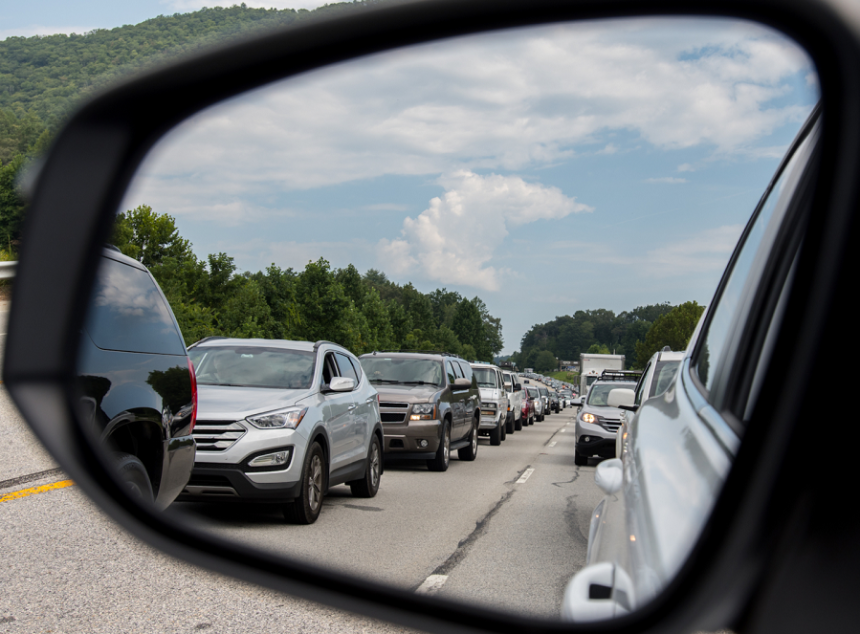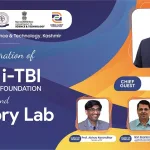In the bustling urban landscapes of India, the cacophony of honking horns and the glaring red lights of brake lamps have become an all too familiar sight. Traffic jams, once an occasional inconvenience, now plague our cities daily. This phenomenon, while seemingly mundane, reflects deeper issues of civic responsibility and public awareness—or rather, the lack thereof. The daily grind through congested roads is not just a logistical nightmare but a poignant commentary on the societal attitudes that underpin our urban existence.
In developed countries, the situation is markedly different. Citizens in cities like Tokyo, London, and New York exhibit a profound sense of responsibility towards their urban environments. Public transport systems are the lifeblood of these metropolises, with buses, subways, and trains efficiently ferrying millions of passengers each day. The preference for public transport over private vehicles is not merely a matter of convenience but a conscious choice rooted in a collective ethos of responsibility. In these cities, the infrastructure is designed and maintained to support a robust public transport network, reflecting the symbiotic relationship between the authorities and the public.
The underlying principle here is simple: fewer cars on the road translate to less congestion, reduced pollution, and a smoother flow of traffic. This collective mindset is a testament to the maturity and foresight of the citizens, who recognize the broader impact of their individual choices. By opting for public transport, they contribute to a more sustainable and efficient urban ecosystem. This is not just about environmental conservation but about fostering a sense of community where each person’s actions benefit the whole. It’s a practice steeped in a deep understanding of the interconnectedness of urban life.
In contrast, the scenario in India presents a stark dichotomy. Despite the availability of public transport options in cities like Mumbai, Delhi, and Bangalore, there is a pervasive inclination towards using private vehicles. The reasons for this preference are manifold—ranging from the perceived comfort and convenience of private cars to concerns over the reliability and safety of public transport systems. However, at the core of this issue lies a fundamental gap in public consciousness.
The Indian urban commuter often prioritizes personal convenience over collective benefit. The sight of single-occupancy cars inching through traffic is a daily spectacle, symbolizing a broader disregard for the communal repercussions of individual actions. This mindset exacerbates the problem, creating a vicious cycle of congestion and frustration. The inefficiency is palpable as precious time is wasted in traffic snarls, affecting productivity and quality of life. Moreover, the environmental toll is severe, with vehicular emissions contributing significantly to urban air pollution.
The main problem of traffic jams is witnessed in the cities where the widening of the roads is a problem, and the construction of flyovers is also not sufficient in solving this problem. What alternate way-out should be adopted is the biggest challenge. Either the use of public transport is now required to be adopted like in many Western countries, or the use of private vehicles is to be made in utmost urgency. For this, the government can only suggest, but ultimately, the people have to understand and act on this.
To address this issue, a paradigm shift in public attitude is imperative. Civic responsibility must be nurtured from the grassroots level, instilling in citizens a sense of ownership and accountability towards their cities. Educational campaigns highlighting the benefits of public transport, coupled with improvements in the safety, reliability, and comfort of these systems, can encourage a shift in behavior. The role of media and community leaders in championing these changes cannot be overstated. Through continuous dialogue and public discourse, the message of collective responsibility can be reinforced.
Moreover, policy interventions can play a crucial role in this transformation. Incentives for using public transport, such as subsidized fares and improved infrastructure, alongside disincentives for excessive use of private vehicles, like congestion charges and limited parking spaces, can nudge citizens towards more responsible choices. Urban planners and policymakers must collaborate to create environments that prioritize public transport and non-motorized mobility options like cycling and walking. This could include dedicated bus lanes, pedestrian-friendly streets, and comprehensive cycling networks.
Furthermore, the private sector has a significant role to play. Employers can encourage carpooling, provide shuttle services, and offer flexible working hours to reduce peak-time congestion. Technology companies can develop apps that facilitate ride-sharing and provide real-time public transport information, making it easier for citizens to make informed travel choices. The integration of smart city technologies can also optimize traffic flow and reduce bottlenecks.
Community involvement is equally crucial. Neighborhood associations and resident welfare organizations can advocate for better public transport services and organize local initiatives to promote sustainable travel practices. Schools and educational institutions can incorporate lessons on civic responsibility and environmental stewardship into their curricula, fostering a new generation of conscientious citizens.
Ultimately, the battle against traffic jams is not merely a logistical challenge but a moral one. It calls for a collective awakening to the responsibilities we owe to our fellow citizens and the urban environments we inhabit. In recognizing that our individual choices ripple out to affect the broader community, we can pave the way for a more harmonious and efficient urban life.
In India, the journey towards this realization may be long and arduous, but it is a journey worth embarking upon. For in the seamless flow of traffic, we find a metaphor for the seamless flow of civic virtue—a testament to the power of collective responsibility in shaping the cities of tomorrow. When we choose to leave our cars at home and take the bus or train, we are not just making a travel decision; we are making a statement about the kind of society we want to live in—one that values communal well-being over individual convenience.
This transformation requires time, effort, and unwavering commitment. But with each small step, whether it’s a commuter opting for the metro or a policymaker implementing progressive transport policies, we move closer to a future where traffic jams are a thing of the past, and our cities thrive as models of civic responsibility and environmental sustainability.
(Author is a Columnist and can be reached at: [email protected])








